Chloroplasts are remarkable organelles found in the cells of plants, algae, and some other photosynthetic organisms. They play a central role in the process of photosynthesis, which is crucial for sustaining life on Earth. The anatomy of chloroplasts is intricately designed to facilitate the complex series of biochemical reactions involved in photosynthesis. At first glance, chloroplasts appear as small, oval-shaped structures within the cytoplasm of plant cells. However, a closer examination reveals a highly organized internal structure that is essential for their function. The outer membrane of the chloroplast serves as a barrier, separating the interior of the organelle from the surrounding cytoplasm. This membrane is semi-permeable, allowing the passage of certain molecules in and out of the chloroplast. Enclosed within the outer membrane is the inner membrane of the chloroplast, which is also selectively permeable. Together, these membranes regulate the exchange of molecules between the chloroplast and the rest of the cell, ensuring the proper functioning of photosynthesis. The internal space of the chloroplast is filled with a fluid called the stroma. The stroma contains enzymes, DNA, ribosomes, and other components necessary for the synthesis of organic molecules during photosynthesis. Embedded within the stroma are stacks of disc-like structures called thylakoids. These interconnected membranes contain the photosynthetic pigments, including chlorophyll, which absorb light energy during the light-dependent reactions of photosynthesis. The arrangement of thylakoids in stacks, known as grana, increases the surface area available for light absorption and facilitates the efficient transfer of electrons and protons during photosynthesis. Within the thylakoid membranes, light energy is used to drive the conversion of water and carbon dioxide into oxygen and glucose. This process involves a series of complex biochemical reactions, including the photosystems, electron transport chain, and ATP synthase complexes. The intricate anatomy of chloroplasts reflects their essential role in sustaining life on Earth. Through the process of photosynthesis, chloroplasts harness the energy of sunlight to produce oxygen, a vital component of the atmosphere, and organic molecules, which serve as the basis of the food web. Understanding the anatomy and function of chloroplasts not only deepens our appreciation of the natural world but also provides insights into strategies for improving agricultural productivity and addressing global challenges such as climate change.
圖片編號:
322186177
拍攝者:
Kktmadhusanka
點數下載
| 授權類型 | 尺寸 | 像素 | 格式 | 點數 | |
|---|---|---|---|---|---|
| 標準授權 | XS | 480 x 319 | JPG | 13 | |
| 標準授權 | S | 800 x 531 | JPG | 15 | |
| 標準授權 | M | 2125 x 1411 | JPG | 18 | |
| 標準授權 | L | 2744 x 1822 | JPG | 20 | |
| 標準授權 | XL | 3471 x 2304 | JPG | 22 | |
| 標準授權 | MAX | 5643 x 3747 | JPG | 23 | |
| 標準授權 | ADD | Vector | AI | 38 | |
| 標準授權 | TIFF | 7980 x 5299 | TIF | 39 | |
| 進階授權 | WEL | 5643 x 3747 | JPG | 88 | |
| 進階授權 | PEL | 5643 x 3747 | JPG | 88 | |
| 進階授權 | UEL | 5643 x 3747 | JPG | 88 |
XS
S
M
L
XL
MAX
ADD
TIFF
WEL
PEL
UEL
| 標準授權 | 480 x 319 px | JPG | 13 點 |
| 標準授權 | 800 x 531 px | JPG | 15 點 |
| 標準授權 | 2125 x 1411 px | JPG | 18 點 |
| 標準授權 | 2744 x 1822 px | JPG | 20 點 |
| 標準授權 | 3471 x 2304 px | JPG | 22 點 |
| 標準授權 | 5643 x 3747 px | JPG | 23 點 |
| 標準授權 | Vector px | AI | 38 點 |
| 標準授權 | 7980 x 5299 px | TIF | 39 點 |
| 進階授權 | 5643 x 3747 px | JPG | 88 點 |
| 進階授權 | 5643 x 3747 px | JPG | 88 點 |
| 進階授權 | 5643 x 3747 px | JPG | 88 點 |







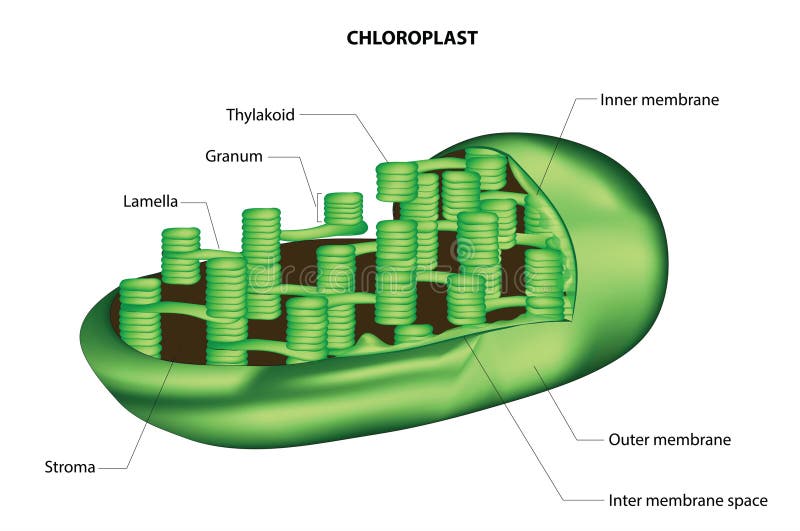


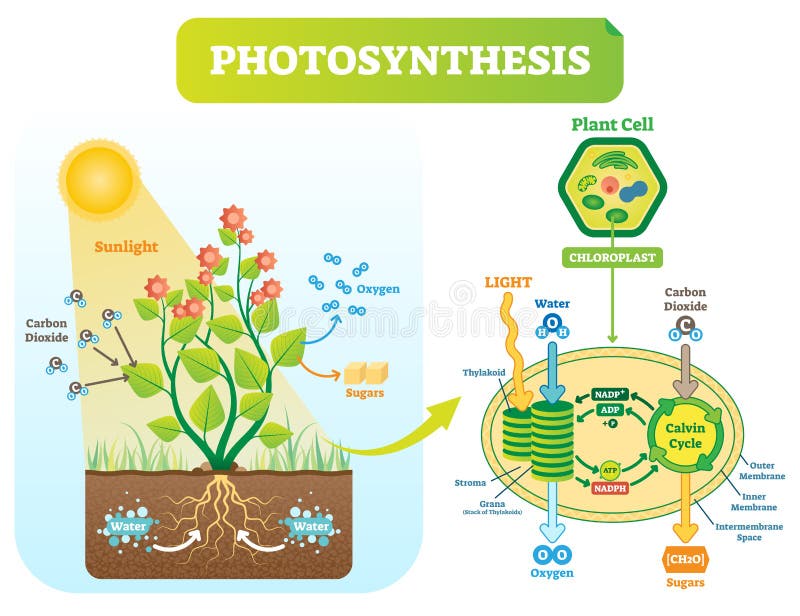


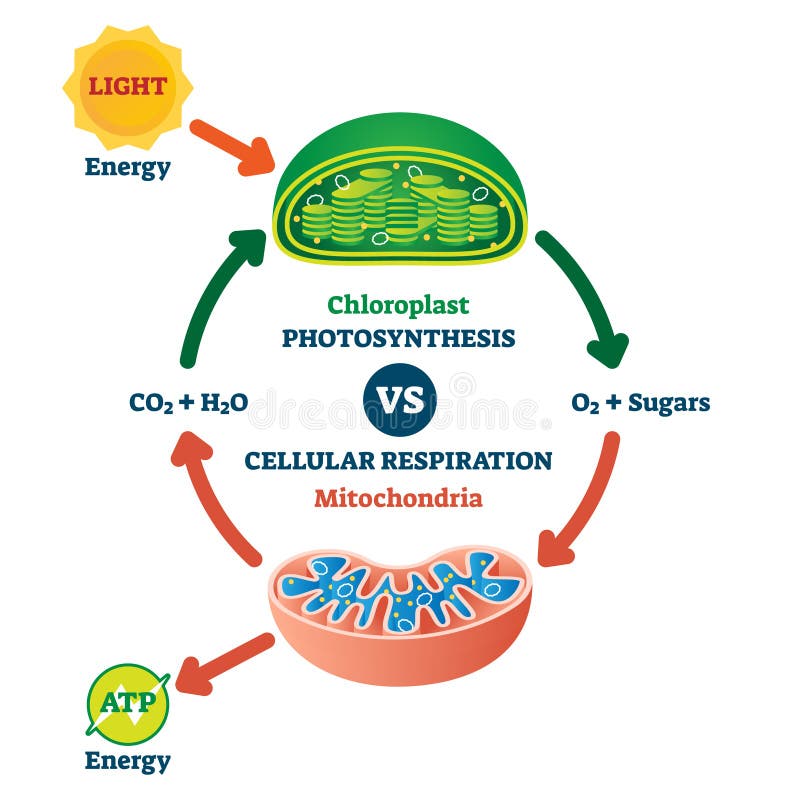
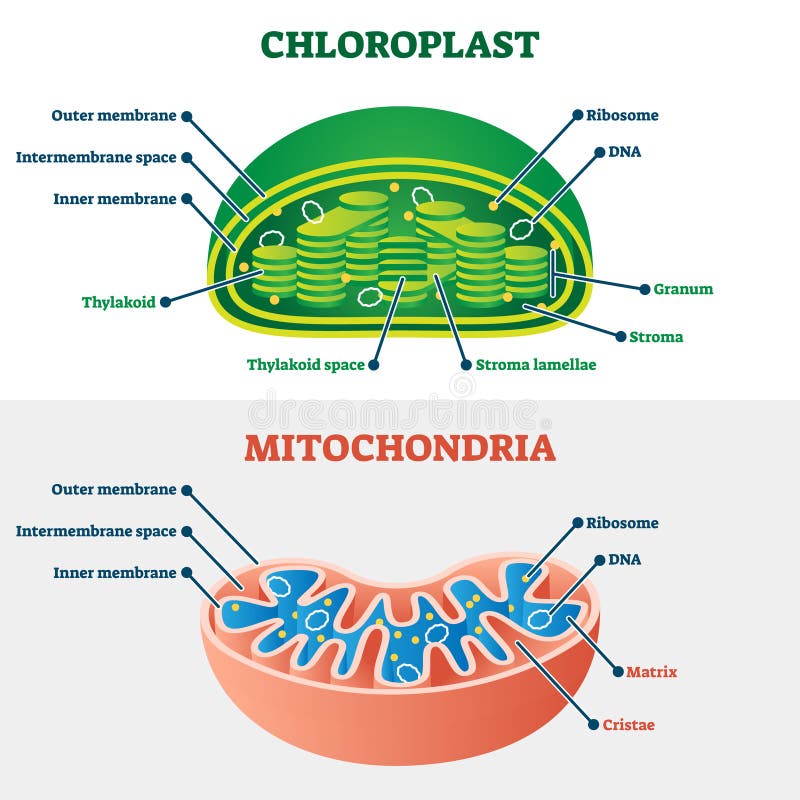


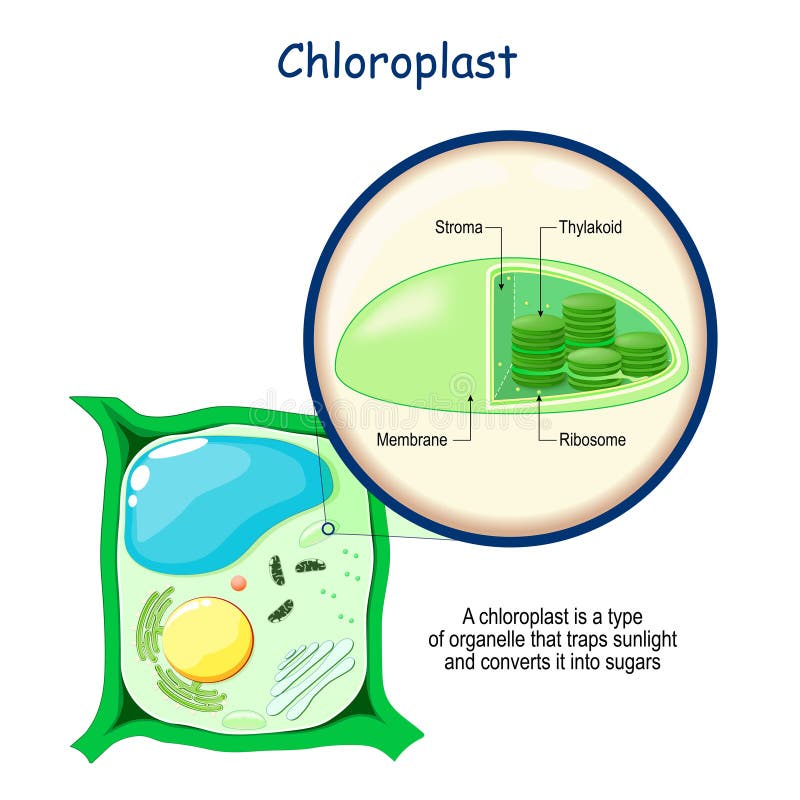

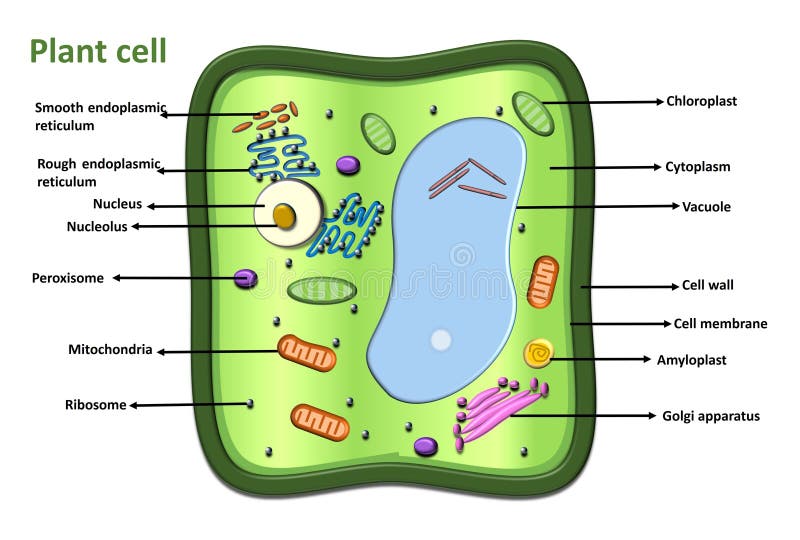




 +886-2-8978-1616
+886-2-8978-1616 +886-2-2078-5115
+886-2-2078-5115






